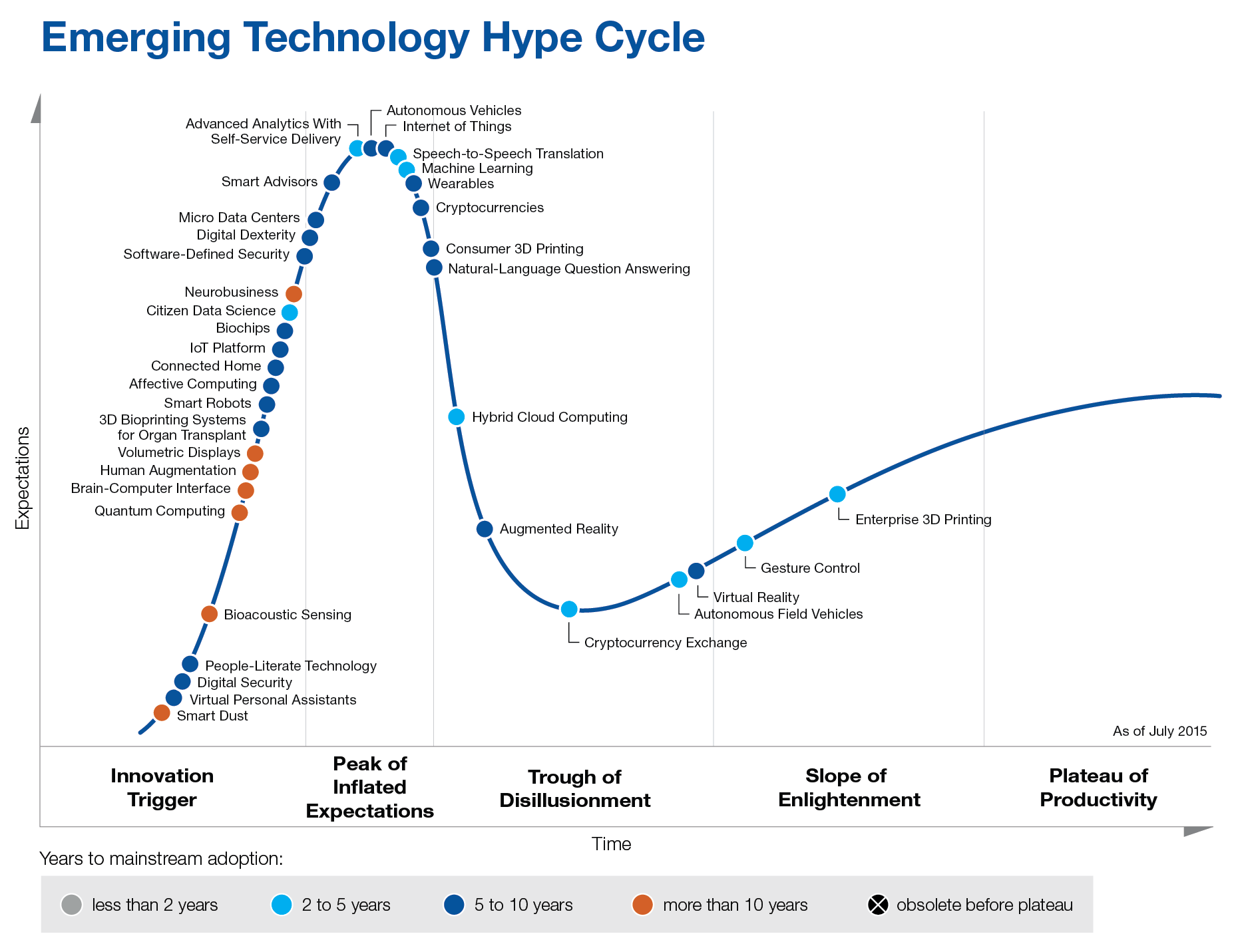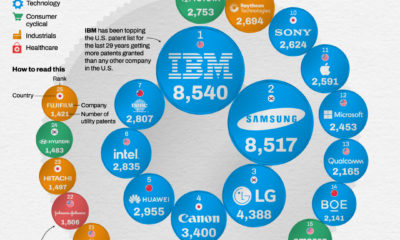The 3 Types of Quantum Computers and Their Applications
It’s an exciting time in computing. Just days ago, Google’s AlphaGo AI took an insurmountable lead in the 3,000 year-old game of Go against the reigning world champion, Lee Sedol. In a five-game series, the score is now 3-1 for the machine with one game left on March 15, 2016 in Seoul, South Korea. While IBM’s Deep Blue beat reigning chess champion Garry Kasparov in 1997 by using brute force, Go is a game with more possible moves than atoms in the known universe (literally). Therefore, the technology doesn’t yet exist to make such calculations in short amounts of time. Google had to take a different approach: to beat the grand master, it needed to enable AlphaGo to self-improve through deep learning. AlphaGo’s historical decision is a milestone for artificial intelligence, and now the technology community is anxiously waiting to see what’s next for AI. Some say that it is beating a human world champion at a real-time strategy game such as Starcraft, while others look to quantum computing – technology that could raise the potential power of AI exponentially.
What is Quantum Computing?
While everyday analog computing is limited to having a single value of either 0 or 1 for each bit, quantum computing uses quantum bits (qubits) that are simultaneously in both states (0 and 1) at the same time. The consequence of this superposition, as it’s called, is that quantum computers are able to test every solution of a problem at once. Further, because of this exponential relationship, such computers should be able to double their quantum computing power with each additional qubit. Image credit: Universe Review
Types of Quantum Computers
There are three types of quantum computers that are considered to be possible by IBM. Shown in the above infographic, they range from a quantum annealer to a universal quantum. The quantum annealer has been successfully developed by Canadian company D-Wave, but it is difficult to tell whether it actually has any real “quantumness” thus far. Google added credibility to this notion in December 2015, when it revealed tests showing that its D-Wave quantum computer was 3,600 times faster than a supercomputer at solving specific, complex problems. Expert opinion, however, is still skeptical on these claims. Such criticisms also shed light on the major limitation of quantum annealers, which is that they may only be engineered to solve very specific optimization problems, and have limited general practicality. The holy grail of quantum computing is the universal quantum, which could allow for exponentially faster calculations with more generality. However, building such a device ends up posing a number of important technical challenges. Quantum particles turn out to be quite fickle, and the smallest interference from light or sound can create errors in the computing process. Doing calculations at exponential speeds is not very useful when those calculations are incorrect.
The Market and Applications
IBM highlights just some of the possibilities around universal quantum computers in a recent press release: This means that quantum computing could be a trillion dollar market, touching massive future markets such as artificial intelligence, robotics, defense, cryptography, and pharmaceuticals. However, until a universal quantum can be built, the market remains fairly limited in size and focused on R&D. Quantum computing is expected to surpass a market of $5 billion market by 2020. As a final note: its worth seeing where quantum computing sits on Gartner’s emerging technology hype cycle:
Gartner still describes it as being “10 years or more” away from reaching the plateau.
on But fast forward to the end of last week, and SVB was shuttered by regulators after a panic-induced bank run. So, how exactly did this happen? We dig in below.
Road to a Bank Run
SVB and its customers generally thrived during the low interest rate era, but as rates rose, SVB found itself more exposed to risk than a typical bank. Even so, at the end of 2022, the bank’s balance sheet showed no cause for alarm.
As well, the bank was viewed positively in a number of places. Most Wall Street analyst ratings were overwhelmingly positive on the bank’s stock, and Forbes had just added the bank to its Financial All-Stars list. Outward signs of trouble emerged on Wednesday, March 8th, when SVB surprised investors with news that the bank needed to raise more than $2 billion to shore up its balance sheet. The reaction from prominent venture capitalists was not positive, with Coatue Management, Union Square Ventures, and Peter Thiel’s Founders Fund moving to limit exposure to the 40-year-old bank. The influence of these firms is believed to have added fuel to the fire, and a bank run ensued. Also influencing decision making was the fact that SVB had the highest percentage of uninsured domestic deposits of all big banks. These totaled nearly $152 billion, or about 97% of all deposits. By the end of the day, customers had tried to withdraw $42 billion in deposits.
What Triggered the SVB Collapse?
While the collapse of SVB took place over the course of 44 hours, its roots trace back to the early pandemic years. In 2021, U.S. venture capital-backed companies raised a record $330 billion—double the amount seen in 2020. At the time, interest rates were at rock-bottom levels to help buoy the economy. Matt Levine sums up the situation well: “When interest rates are low everywhere, a dollar in 20 years is about as good as a dollar today, so a startup whose business model is “we will lose money for a decade building artificial intelligence, and then rake in lots of money in the far future” sounds pretty good. When interest rates are higher, a dollar today is better than a dollar tomorrow, so investors want cash flows. When interest rates were low for a long time, and suddenly become high, all the money that was rushing to your customers is suddenly cut off.” Source: Pitchbook Why is this important? During this time, SVB received billions of dollars from these venture-backed clients. In one year alone, their deposits increased 100%. They took these funds and invested them in longer-term bonds. As a result, this created a dangerous trap as the company expected rates would remain low. During this time, SVB invested in bonds at the top of the market. As interest rates rose higher and bond prices declined, SVB started taking major losses on their long-term bond holdings.
Losses Fueling a Liquidity Crunch
When SVB reported its fourth quarter results in early 2023, Moody’s Investor Service, a credit rating agency took notice. In early March, it said that SVB was at high risk for a downgrade due to its significant unrealized losses. In response, SVB looked to sell $2 billion of its investments at a loss to help boost liquidity for its struggling balance sheet. Soon, more hedge funds and venture investors realized SVB could be on thin ice. Depositors withdrew funds in droves, spurring a liquidity squeeze and prompting California regulators and the FDIC to step in and shut down the bank.
What Happens Now?
While much of SVB’s activity was focused on the tech sector, the bank’s shocking collapse has rattled a financial sector that is already on edge.
The four biggest U.S. banks lost a combined $52 billion the day before the SVB collapse. On Friday, other banking stocks saw double-digit drops, including Signature Bank (-23%), First Republic (-15%), and Silvergate Capital (-11%).
Source: Morningstar Direct. *Represents March 9 data, trading halted on March 10.
When the dust settles, it’s hard to predict the ripple effects that will emerge from this dramatic event. For investors, the Secretary of the Treasury Janet Yellen announced confidence in the banking system remaining resilient, noting that regulators have the proper tools in response to the issue.
But others have seen trouble brewing as far back as 2020 (or earlier) when commercial banking assets were skyrocketing and banks were buying bonds when rates were low.
















